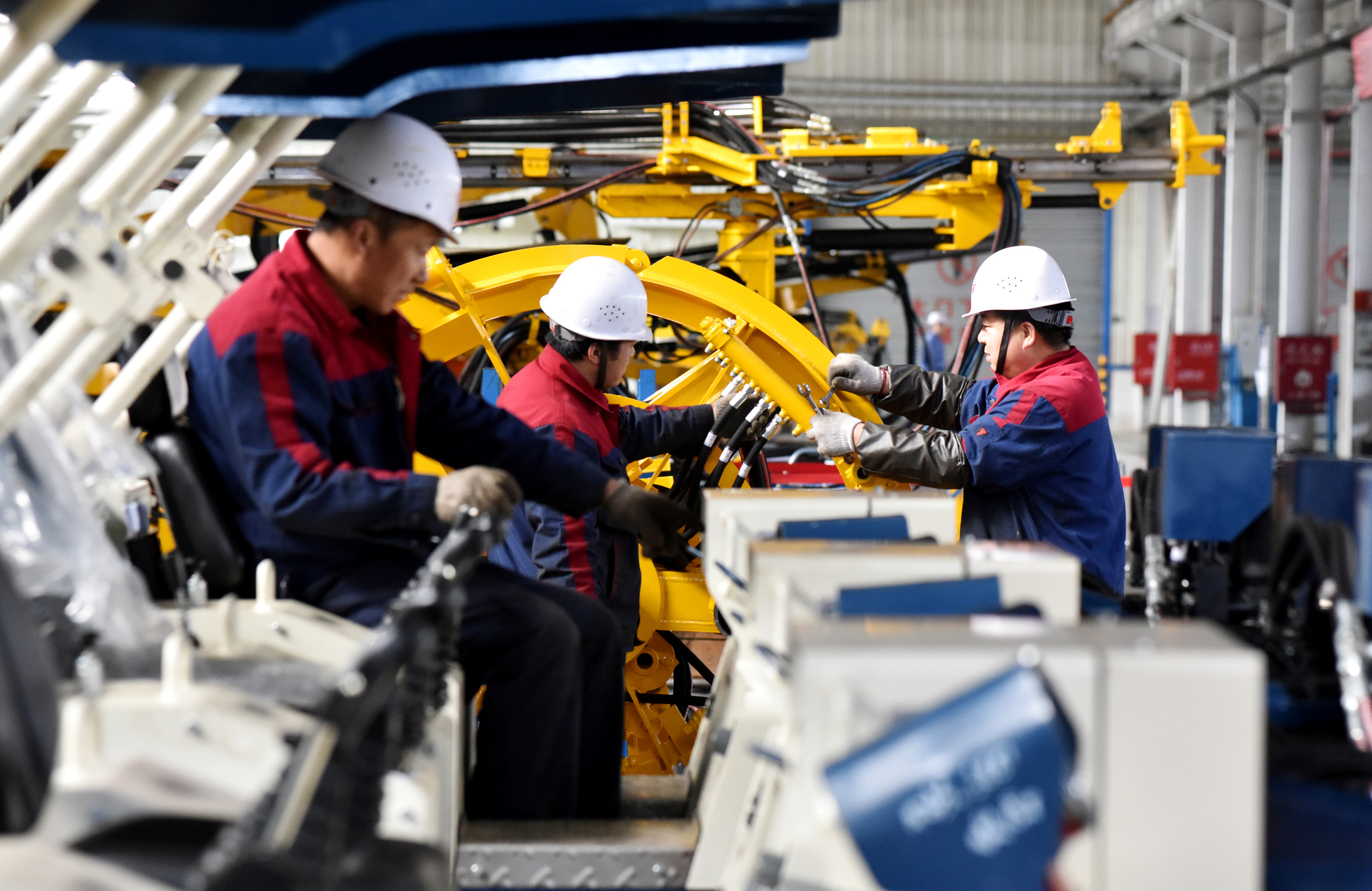Asian factory activity grew in November as crippling supply bottlenecks eased, but rising raw material costs and renewed weakness in China dampened the region’s prospects for an early, sustained recovery from pandemic paralysis.
The newly detected Omicron coronavirus variant has emerged as a fresh worry for the region’s policymakers, who are already grappling with the challenge of steering their economies out of the doldrums while trying to tame inflation amid rising commodity costs and parts shortages.
China’s factory activity fell back into contraction in November, the private Caixin/Markit Manufacturing Purchasing Managers’ Index (PMI) showed on Wednesday, as soft demand and elevated prices hurt manufacturers.
The findings from the private survey, which focuses more on small firms in coastal regions, stood in contrast with those in China’s official PMI on Tuesday that showed manufacturing activity unexpectedly rose in November, albeit at a very modest pace.
Recovery Phase
“Relaxing constraints on the supply side, especially the easing of the power crunch, quickened the pace of production recovery,” Wang Zhe, a senior economist at Caixin Insight Group, said in a statement accompanying the data release.
“But demand was relatively weak, suppressed by the Covid-19 epidemic and rising product prices.”
Beyond China, however, factory activity seemed to be on the mend with PMIs showing expansion in countries ranging from Japan, South Korea, Vietnam and the Philippines.
Japan’s PMI rose to 54.5 in November, up from 53.2 in October, the fastest pace of expansion in nearly four years.
South Korea’s PMI edged up to 50.9 from 50.2 in October, holding above the 50-mark threshold that indicates expansion in activity for a 14th straight month.
Continued Rebound
But output shrank in South Korea for a second straight month as Asia’s fourth-largest economy struggles to fully regain momentum in the face of persistent supply chain disruptions.
“Overall, with new export orders flooding back to countries previously hamstrung by Delta outbreaks and the disruption further down the supply chain still working through, there is plenty of scope for a continued rebound in regional industry,” Alex Holmes, an emerging Asia economist at Capital Economics, said.
Vietnam’s PMI rose to 52.2 in November from 52.1 in October, while that of the Philippines increased to 51.7 from 51.0.
Taiwan’s manufacturing activity continued to expand in November but at a slower pace, with the index hitting 54.9 compared with 55.2 in October. The picture was similar for Indonesia, which saw PMI ease to 53.9 from 57.2 in October.
The November surveys likely did not reflect the spread of the Omicron variant that could add further pressure on the pandemic-disrupted supply chains, with many countries imposing fresh border controls to seal themselves off.
- Reuters with additional editing by Jim Pollard
ALSO READ:
China Factory Output Up in November As Bottlenecks Ease
Japan Factory Orders Surge as Consumer Prices Rise
Japan’s Output Rises After Months As Supply Crunch Eases
























